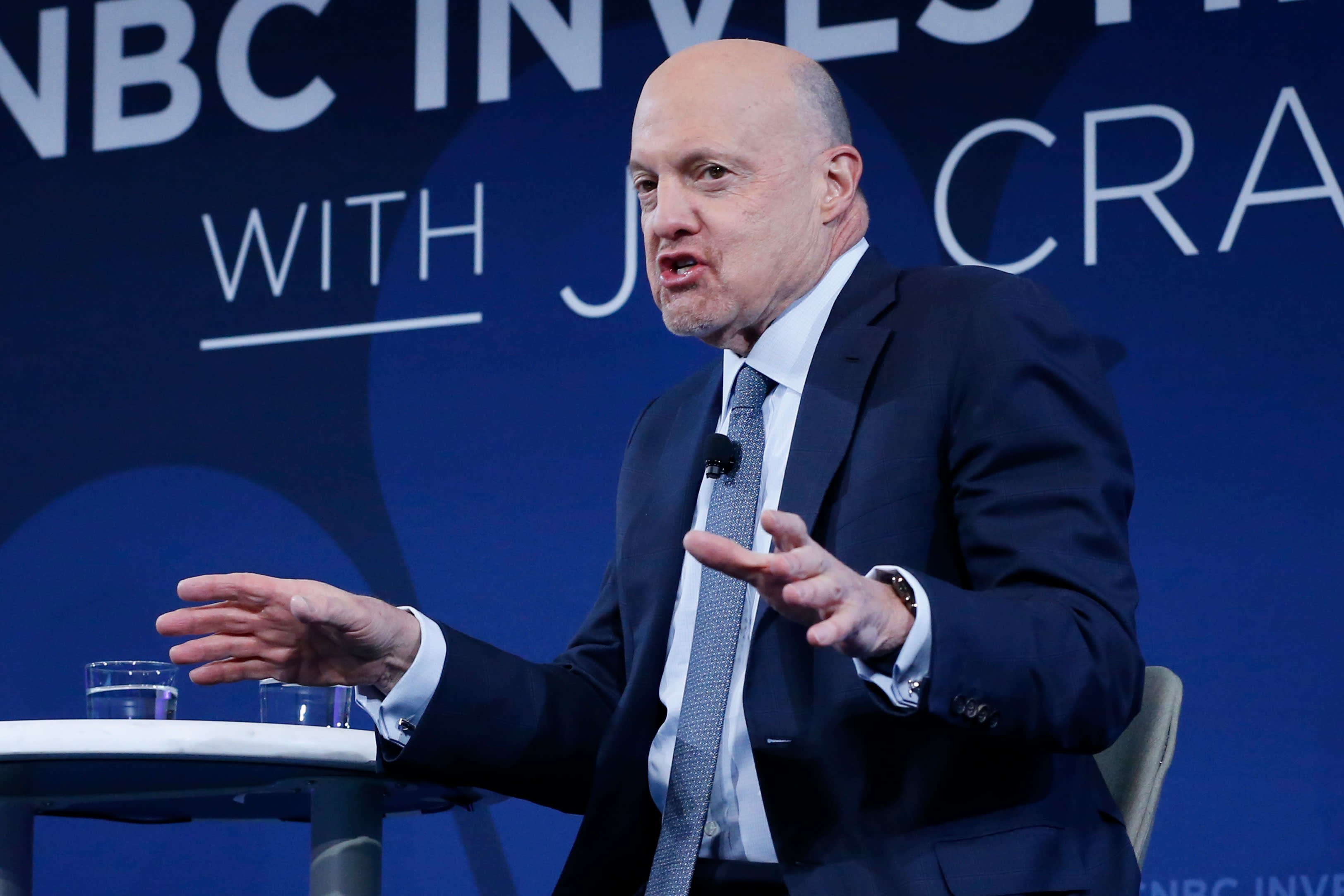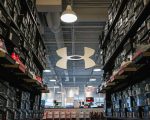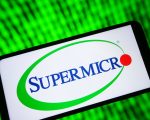Procter & Gamble on Friday reported quarterly earnings and revenue that topped analysts’ expectations as higher prices helped offset lower demand for its products, particularly in Europe.
The company, which owns household brands like Febreze, Charmin and Tide, also raised its forecast for organic sales growth for fiscal 2023 to 6%, up from its prior range of 4% to 5%.
related investing news


Shares of P&G more than 4% in morning trading.
Here’s what the company reported for the quarter ended March 31 compared with what Wall Street was expecting, based on a survey of analysts by Refinitiv:
- Earnings per share: $1.37 vs. $1.32 expected
- Revenue: $20.07 billion vs. $19.32 billion expected
P&G reported fiscal third-quarter net income of $3.4 billion, or $1.37 per share, up from $3.36 billion, or $1.33 per share, a year earlier.
Net sales rose 4% to $20.07 billion. Organic sales, which strip out the effects of foreign currency, acquisitions and divestitures, increased 7% in the quarter.
But the company’s volume, which excludes price and currency changes, fell 3% as consumers opted for cheaper alternatives. Across its portfolio, P&G’s prices were up 10% year over year. The company once again raised prices in the U.S. and Europe during the fiscal third quarter, CFO Andre Schulten said during a press call.
This marks the fourth consecutive quarter of shrinking volume for the consumer giant. On a separate conference call with analysts, Schulten said he anticipates that it will take a few more quarters for the company to return to volume growth. He downplayed the volume declines during both of the calls Friday, striking an optimistic tone and saying that consumption trends have stabilized globally.
Volume improved sequentially from the company’s fiscal second quarter, Schulten said. He added that quarterly volume fell just 2% from last year when excluding P&G’s business in Russia, where it scaled back operations and advertising since the Kremlin started the war in Ukraine last year.
Schulten said Europe is a pain point, as consumers there trade down to private-label goods. He expects that the market will continue to drag on volume.
However, volume actually increased in the U.S., the company’s biggest market, according to Schulten. He pointed to another bright spot in China, P&G’s second-largest market, which is finally recovering from Covid lockdowns and seeing improvements in consumer confidence. P&G is also still waiting for Chinese travel shopping to pick up again. Travel retail is an important source of sales for SK-II, an upscale skincare brand owned by P&G.
All of P&G’s divisions reported declining volume for the quarter, except for its health and beauty units, which both saw volume increase just 1%.
P&G’s fabric and home care segment, which includes brands like Tide, Swiffer and Mr. Clean, saw its volume fall 5% in the steepest drop among the company’s business units. P&G said volume declines came primarily in Europe.
The baby, feminine and family care segment reported a 4% volume decline. The division, which includes Pampers, Bounty and Charmin, also saw volume fall in Europe. The company said demand for its diapers was lower there.
P&G’s grooming business, which includes Gillette and Venus razors, reported a 1% drop in volume. The unit has typically lagged the rest of P&G’s portfolio, but performed relatively better this quarter. However, lower demand for its appliances caused the unit’s volume decline.








